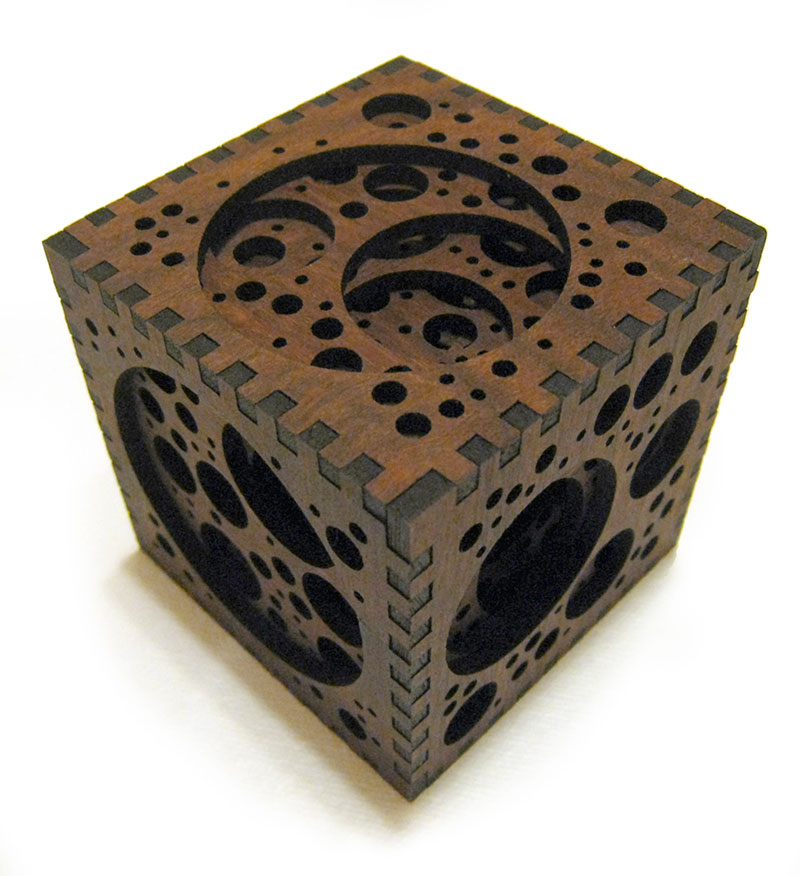Ok, I admit I haven't been brewing much beer...but I thought you guys might like to see what's been "brewing" in my garage. It isn't exactly beer related for the moment, but I can think of a few brewing related machining projects for it already.
After much research on hobby machinist forums and thoroughly reading Daniel Kemp's website, I decided that buying a relatively expensive tool from Harbor Freight was a good idea. I think I was right!
After more than doubling the initial cash outlay plus a few weekends of tinkering, I have a working CNC mill in my garage. It's freaking awesome! Here are the results.
There are a few more videos under my username if you care to surf to YouTube. I'll be happy to share more details or make another video showing a particular detail or process if there's interest.
After much research on hobby machinist forums and thoroughly reading Daniel Kemp's website, I decided that buying a relatively expensive tool from Harbor Freight was a good idea. I think I was right!
After more than doubling the initial cash outlay plus a few weekends of tinkering, I have a working CNC mill in my garage. It's freaking awesome! Here are the results.
There are a few more videos under my username if you care to surf to YouTube. I'll be happy to share more details or make another video showing a particular detail or process if there's interest.
Last edited by a moderator:





